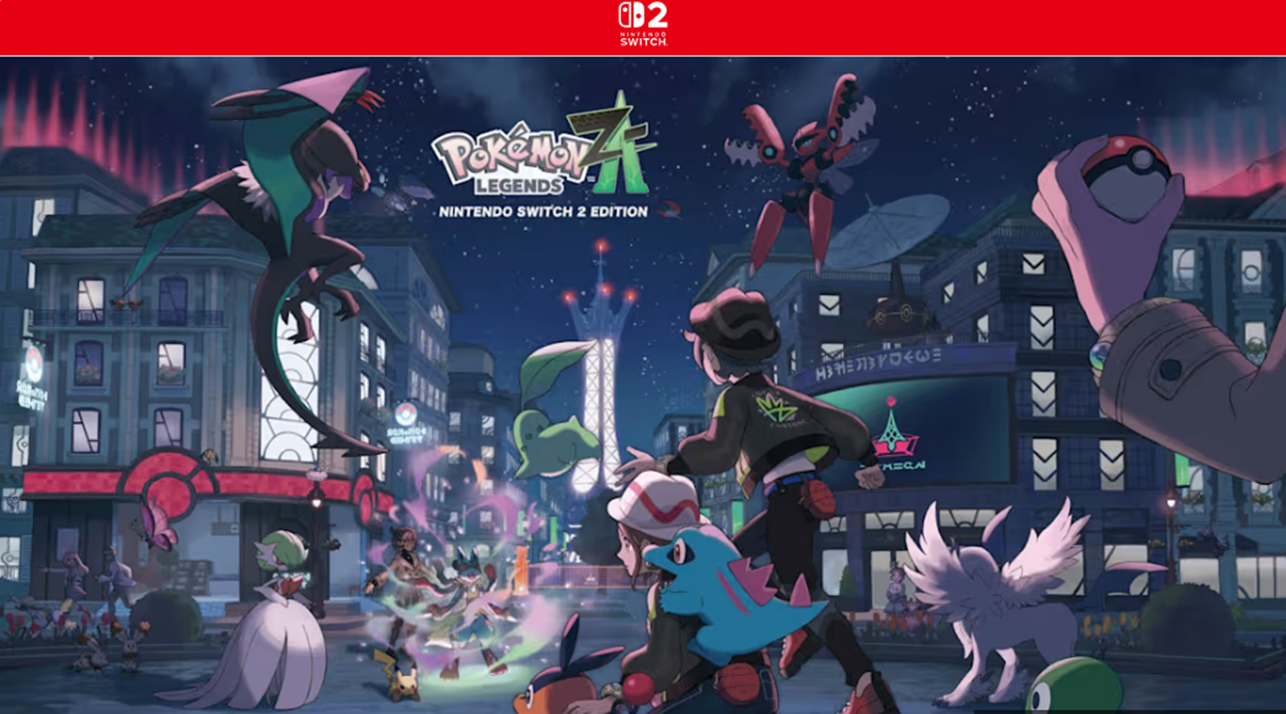Nobunaga’s Ambition: Awakening Review – Review

Nobunaga’s Ambition: Awakening is a long-running grand strategy game series dating back to the Sega Genesis, and is an undertaking that prompted Site Director John Rairden to simply say “Good Luck”. I’ve dumped hundreds of hours in the Civilization series across decades and figured I’d be prepared with that prerequisite knowledge. What I came to find is that this game’s focus makes the approach of empire building much different.

Nobunaga’s Ambition: Awakening Complete Edition is a game of strategic warfare centered around feudal Japan. The player’s objective is to take on the role of a warlord (in the game they’re referred to as “Daimo”). When choosing which part of Japan to lord over, the game kindly provides recommendations on whom to choose for novices. You’re responsible for three facets of leadership – land development, people development and conquest. You appoint leaders to take ownership of castles that govern regions of your territory, each of which have different attributes and statistics that dictate their style of leadership. For example, one could be described as short-tempered, which could make them less likely to pursue diplomacy. Once land ownership is assigned, you can work on developing the castle properties as well as broader growth strategy. Castles can get specific upgrades like building a marketplace that generates more resources to sell or fortresses to buttress the castle defenses. Broader growth strategies include yielding better crop rates or other passive enhancements to the region. As your ranks get more experience, they are then given accolades and promotions to higher tiers, which you can then assign to developments that require them. These civil developments and resource-gathering fuel how you approach land appropriation.
Managing regional relationships with other leaders is a game of balancing diplomacy and conflict. Neighboring leaders have predisposed relationship statuses with you, ranging from neutral to combative. The game gives you tools to manage relationships peacefully with a temporary truce agreed upon either by self interest or financial compensation. It’s a critical tool early on to buy time while focusing on domestic issues to bolster your land defenses and amass troops. In the lead-up to combat, you can direct soldiers and generals to engage in covert actions to disrupt their defenses with options to spread rumors, raze fields, get civilians to attack the castle, or just get them to raise their pitchforks and riot. Destabilizing the region lowers their defenses and gives your armies advantage when deciding to march on enemy territory. When you direct the militias to march, they’ll slowly march and conquer regions until they encounter the opposing force. Most of the time war will play out at this highly macro view, but if the Daimo’s forces are involved in a conflict you’ll be put in more direct control of the fight.

When combat zooms in, each opposing army is on either side of a web of routes that lead to different capture points. Both armies send their individual militias to these spaces and when meeting each other engage in battle. Militias have the number of soldiers listed next to them, so it’s critically important to not only race to the checkpoints but also match up conflict so that your forces don’t get overwhelmed. A bar at the top of the screen with a moving arrow shows where the tide is in the war, and whoever completes the bar all the way to their side wins. I was happy to discover this layer of gameplay. With how much of the activity is from a one-thousand-foot view, the more direct input approach is engaging and becomes an exciting push-and-pull as you direct fleets back and forth to deny them victory. One risk of being on the march is spreading your forces too thin. Very frequently I overextended myself on the war front, and while distracted another faction took the opportunity to hit me from the other side of the border. Even on the least aggressive opponent setting I was often struggling with how to secure my land while being on the warpath.
I’d be remiss not to mention the control options for Nobunaga’s Ambition. I do not like using standard button layout at all. It isn’t intuitive to move around the map, go through the various menu options, start and stop time, or basically any part of navigating the user interface. Control issues for strategy games on consoles isn’t new for me. Civilization is a dense game that I had trouble enjoying because of that fundamental issue. Even something smaller in scope like Frostpunk can feel clunky using a controller. This presented a perfect opportunity to put Switch 2’s mouse control options to use, and I’m pleased to tell you that it is the definitive way to interface with the game. The left Joy-Con has the same button input as standard controls, but the mouse controls let you use a cursor to move and zoom in-and-out on the map. Having a left and right click by using the shoulder buttons feels right at home to me. If I did not have mouse controls, it would have affected my impression of the game considerably.

It’s difficult to express just how granular you can get with Nobunaga’s Ambition: Awakening. Menus upon menus to parse through and individually plucking members of my army to assign duties and work to develop into higher ranking officials have so many variables to consider that the learning curve feels outright daunting. This kind of succession planning and pyramid-hierarchy building could be a game in and of itself, but then you layer in nation building, economic planning, amassing resources, diplomacy, and war, then you’re left with some of the most complex system management I’ve experienced. But once I finally got comfortable with its scope and found the right control scheme, I found myself itching to jump back in and progress inch-by-inch. Nobunaga’s Ambition is the black diamond ski slope of strategy games which makes it a hard pass for those interested in the genre but still running the bunny slopes. Those who like the genre and are willing to invest the time will find a robust and fulfilling game, one that I’m eager to get back to even as I write this.




